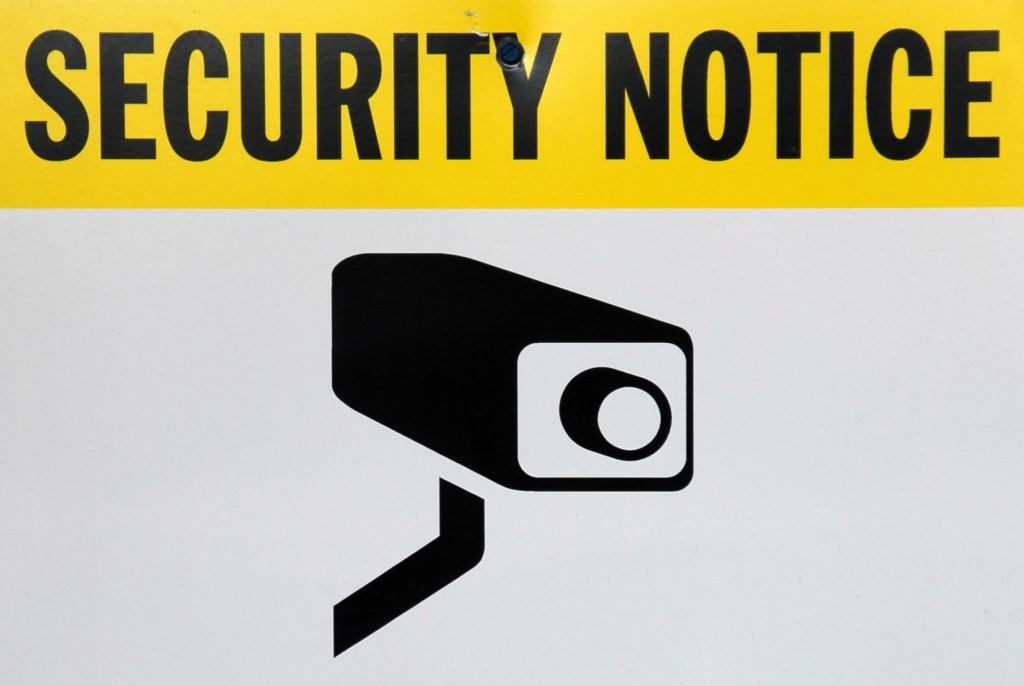I’m seeing a video go around about your photos from smartphones posing a privacy risk. This video was published back in 2010 and many of the social networks have since started removing this location data from photos as they are uploaded because of this privacy concern. HOWEVER….
HOWEVER what I DO want to point out is that this might not be the case if you are uploading photos to your business websites and other places on the web.
Before any of my clients panic – I do have you covered (no need to change your phone settings) because there are ways to remove this data when being uploaded to a website as well.
This isn’t as big a deal if your business address is published and you’re taking photos at that location, but what if, for example, you are an artist taking photos of your art in your home studio? Or maybe you even simply took some products home to photograph?
For WordPress there are several plugins but my favorite is Smushit because it ALSO reduces file size and increases performance: http://wordpress.org/plugins/wp-smushit/
Related Testing Tools: For anyone interested in checking to see if their website photos are showing their location, the data talked about in this video is called “Exif data” and there are browser plugins that allow you to check to see what information is showing on your photos.
- Chrome: https://chrome.google.com/webstore/detail/exif-viewer/nafpfdcmppffipmhcpkbplhkoiekndck
- FireFox: https://addons.mozilla.org/en-us/firefox/addon/exif-viewer/
- If you have the photo url, no extension needed: http://regex.info/exif.cgi
To make sure the tool you are using shows Geo Location Exif data, here’s a photo you can test with: http://www.summitpost.org/test-this-image-contains-exif-data/769474



 BE SMART WITH YOUR PASSWORDS:
BE SMART WITH YOUR PASSWORDS:
 Your facebook account can be hijacked by a malicious application or going to a website that isn’t facebook and entering your password. If you have clicked on a link or added a facebook app you shouldn’t have, don’t panic yet!
Your facebook account can be hijacked by a malicious application or going to a website that isn’t facebook and entering your password. If you have clicked on a link or added a facebook app you shouldn’t have, don’t panic yet!